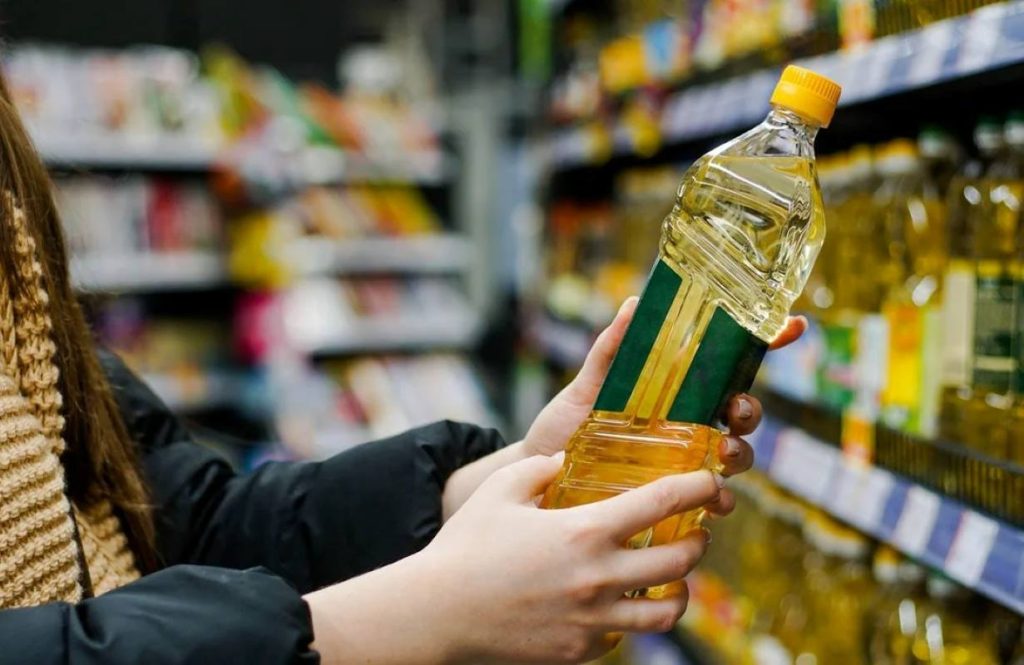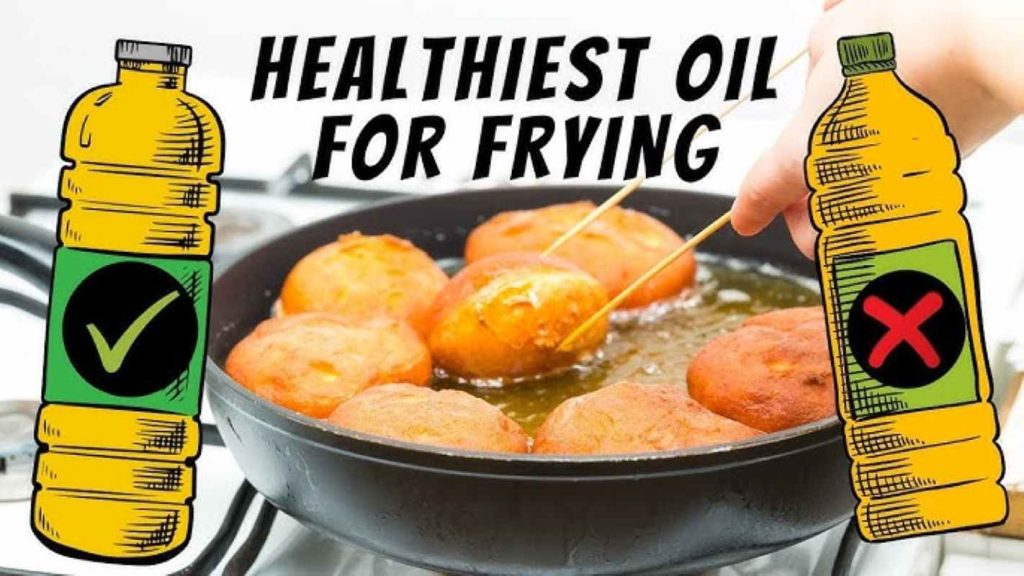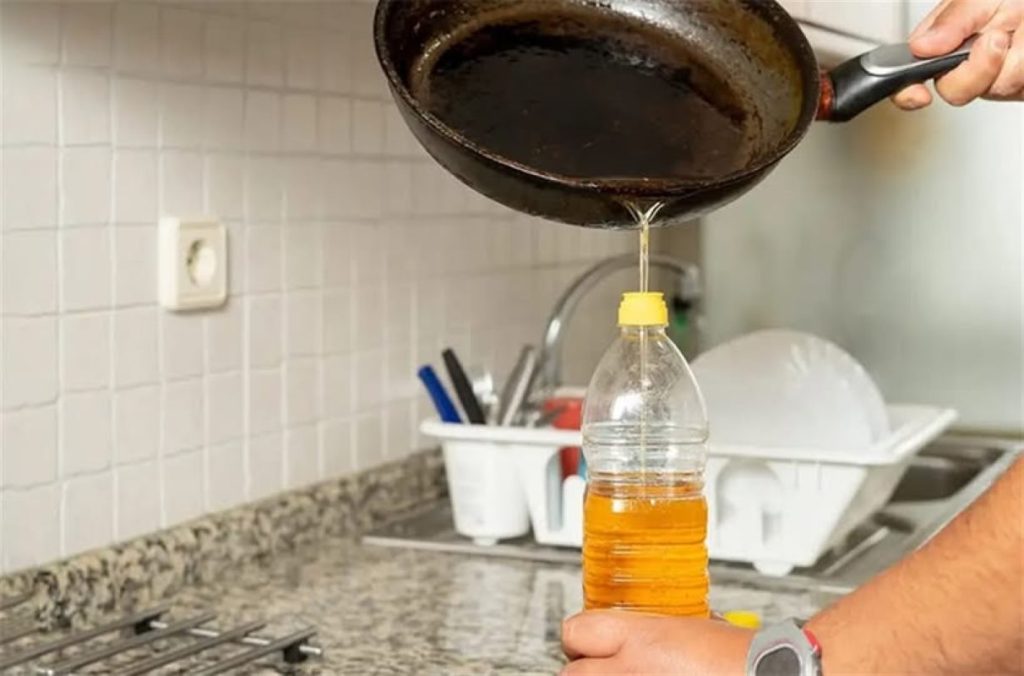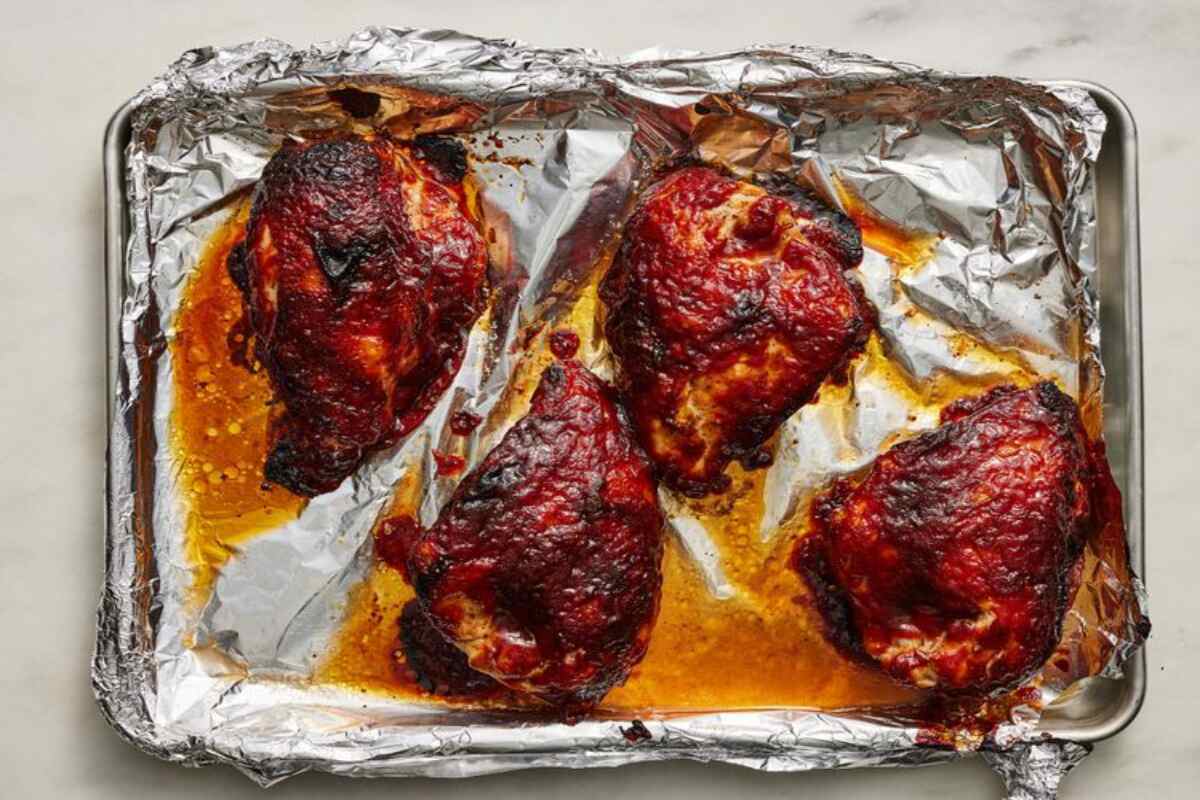If you love making fried munchies, along with that infatuation must come an understanding of how to identify and use the safest cooking oils. “Why bother?” you ask. Over time, you may notice that the flavor of oils changes, particularly those prone to reuse. Such flavor changes may be signs of oil quality deterioration, which can harm your health.
Oils are derived from multiple sources, primarily plants and occasionally animals. Similarly, attributes of oils from different sources may vary significantly. For example, the chemical makeup of oil is a property that could help reverse-identify its source. Also, different oils hold together differently during exposure to heat.
So, in this guide, you will find recommendations backed by regulators about cooking oil choices. You’ll learn how to pick the best oils for frying, those to use for low-heat cooking, and those to outrightly avoid.
Quick Primer: What Makes an Oil “Safe” for Cooking
According to the Cleveland Clinic, people should consider multiple factors when shopping for healthy oils. However, this piece will narrow down factors for identifying the healthiest cooking oils to three.
Smoke Point and Stability of Oils
The smoke point of cooking oils refers to the temperature at which their molecules lose their structural integrity. At this point, the oil starts to disintegrate into its constituent components. As the name implies, this phenomenon begins to manifest visibly when the oil starts to smoke.
By implication, the best oils for frying are those with a relatively high smoking point. Such oils that hold their own at very high temperatures are stable.

Fat Profile of the Cooking Oil
Carbohydrates come in different shades and colors, with different combinations existing in foods. Similarly, there are different types and proportions of fats present in cooking oils. Indeed, it is possible to identify the source of a cooking oil by identifying its fat profile.
Fats in cooking oils are generally classified as:
- Saturated fatty acids
- Monounsaturated fatty acids (MUFAs)
- Polyunsaturated fatty acids (PUFAs)
This classification is based largely on the molecular structure of the fats present in the oils. However, one of the three oil classes is often characteristically predominant in oil from any specific source. For example, palm oil and coconut oil are touted as very rich in saturated fats and, consequently, stable under high-heat conditions. In contrast, oils like sunflower oil and olive oil are predominantly rich in PUFAs and MUFAs, respectively. Multiple epidemiology studies have suggested that consumption of oils rich in unsaturated fats may reduce the risk of cardiovascular diseases (CVD).
Processing and Other Considerations
While it is possible to obtain oils from animal sources (whale oil, liver cod oil), most of the oils used for cooking are from plant sources. The essence of emphasizing oil source is the necessary processing required to isolate oils from their sources. Likewise, after extraction, some oils may undergo refining for aesthetics or shelf stability. However, some refining processes may make cooking oil less healthy, so it is essential to understand what transformations the oil has gone through before arriving on the store shelf.
If you’re particular about your health and seldom use oils under high-heat conditions, experts recommend using virgin oils (cold-pressed and unrefined). Also, virgin oils retain nutritional integrity as sensitive nutrients are not lost to rigorous refinement processes. In contrast, if a higher smoke point or flavor neutrality is your deal breaker, refined oils will be a better choice.
ALSO READ: How Long Can Leftovers Last in the Fridge Before They Go Bad?
Best Oils by Cooking Method (Practical Recommendations)
The following recommendations narrow down to the safest cooking oils for the common cooking methods. These recommendations are largely in tandem with those made by the US Food and Drug Administration.
Low Heat/ Finishing/ Dressings (Cold Uses)
When preparing meals that only require low heat, or no heat at all, to prepare, it is best to use the following seed oils.
- Toasted sesame oil, walnut oil, and flaxseed (linseed) oil have peculiar, but delicate flavors. These sensitive flavors are easily lost if exposed to high temperatures, due to the low smoke point of these oils.
- Extra virgin olive oil (EVOO) is best for sauces prepared without heat, drizzles, and salad dressings. This oil is rich in polyphenols, which prevent CVD, but degrade upon exposure to high heat.
Medium Heat (Sautéing, Stir-fry — ~160–190°C / 320–375°F)
Most of the oils in this category can serve a dual purpose, meaning they can be used for cold use or medium heat.
- Avocado oil is great for medium heat cooking because of its high smoke point (512°F/ 266.67°C). If you want to retain flavor, use unrefined avocado oil, and keep the medium heat as low as possible. A little heads up: avocado oil is rich in calories, so use it in moderation.
- Light/regular olive oil is refined and has a relatively higher smoke point than its virgin counterpart. The flavor may not be as strong as EVOO, but it’s great for cooking applications like sautéing.
- Extra virgin olive oil is great for baking, roasting, pan frying and sautéing because of its stability at moderate heat. Its smoke point (374°F/ 190°C) makes it suitable for most of your daily cooking oil requirements.

High-heat frying / deep-frying (≥ 190–230°C / 375–450°F)
Now, if your cooking method requires high heat and you don’t want degraded oil to compromise the safety and quality of your food, the following are the best ones to go for.
- Ghee/clarified butter is a great option for high-heat cooking that requires fat. Sometimes obtained from animal sources, the high smoke point (450°F/ 232°C) makes it suitable for deep fry, roast and pan fry.
- Refined canola oil (rapeseed) smokes at (400°F/ 204°C). If you’re looking to cook with oil, but don’t want flavor interference, refined canola is the way to go.
- Rice bran oil has a high smoke point (450°F/ 232°C), is versatile, has a mild flavor, and exhibits low absorption rates in fried foods.
- Refined (light) peanut oil has a similar smoke point to rice bran oil.
- Refined avocado oil has the second-highest smoke point in the league of cooking oils, second only to algae oil.
Oils to Avoid for Cooking (Especially High Heat)
By now, you must have realized that all edible oils are not created equal. This section narrows down on oils to steer clear of under certain conditions. Avoid these on your journey to identify the safest cooking oils.
- Old or repeatedly used oil
Some food businesses add fresh oil to an old batch to make up the required volume in a deep fryer. Such practices can pose risks to heart health; a better approach is to change the entire batch of oil after a period of repeated use. Reusing cooking oils repeatedly may result in oxidation, rancid flavor, and harmful byproducts.

- Partially hydrogenated oils (PHOs) or trans fat
Trans fats are oils that were turned into solids through the hydrogenation process. PHOs are popularly used in ultra-processed foods because they extend shelf life considerably. However, multiple studies have linked trans fats to CVD risks. So, the best bet is to avoid hydrogenated oil.
- Oil blends or “vegetable oil” labeled with an unknown composition
Blending of oils from multiple sources can make it difficult to predict their behavior during food processes. So, if you can help it, stick to cooking oil from a single source. Carefully check the label before picking a packaged oil at the grocery store.
- Unrefined seed oils high in PUFAs for frying
It was explained earlier that the most heat-stable oils usually contain a higher proportion of saturated fatty acids. In contrast, those with a high proportion of unsaturated fatty acids perform poorly when exposed to heat. So, if the oil is not meant for cold use, do not opt for unrefined seed oils due to their high unsaturated fatty acid content.
ALSO READ: DIY Pickling 101: The Science and Art Happening Inside the Jar
Storage, Handling, and Reuse (Practical Tips)
Here are a couple of tips that could help preserve the quality of cooking oil in storage.
- Like heat, light can also degrade oil. So, store in cool and dark parts of the pantry.
- Unrefined oils often have a shorter shelf life. If you’re buying for keeps, check the ‘best by’ dates.
- Avoid reusing oil for frying too many times. Sensory cues can help you know when to stop.
- Watch out when your oil starts smoking. Either reduce the cooking temperature or use fresh oil.
To identify and choose the safest cooking oils, balance your heat and health goals. Use stable oils if you’re heat processing and unrefined ones for cold use. Overall, avoid trans fats, or supposedly healthy fats that have been recycled countless times for frying.
Pick the right oil, use it wisely, and your food — and your heart — will thank you.











